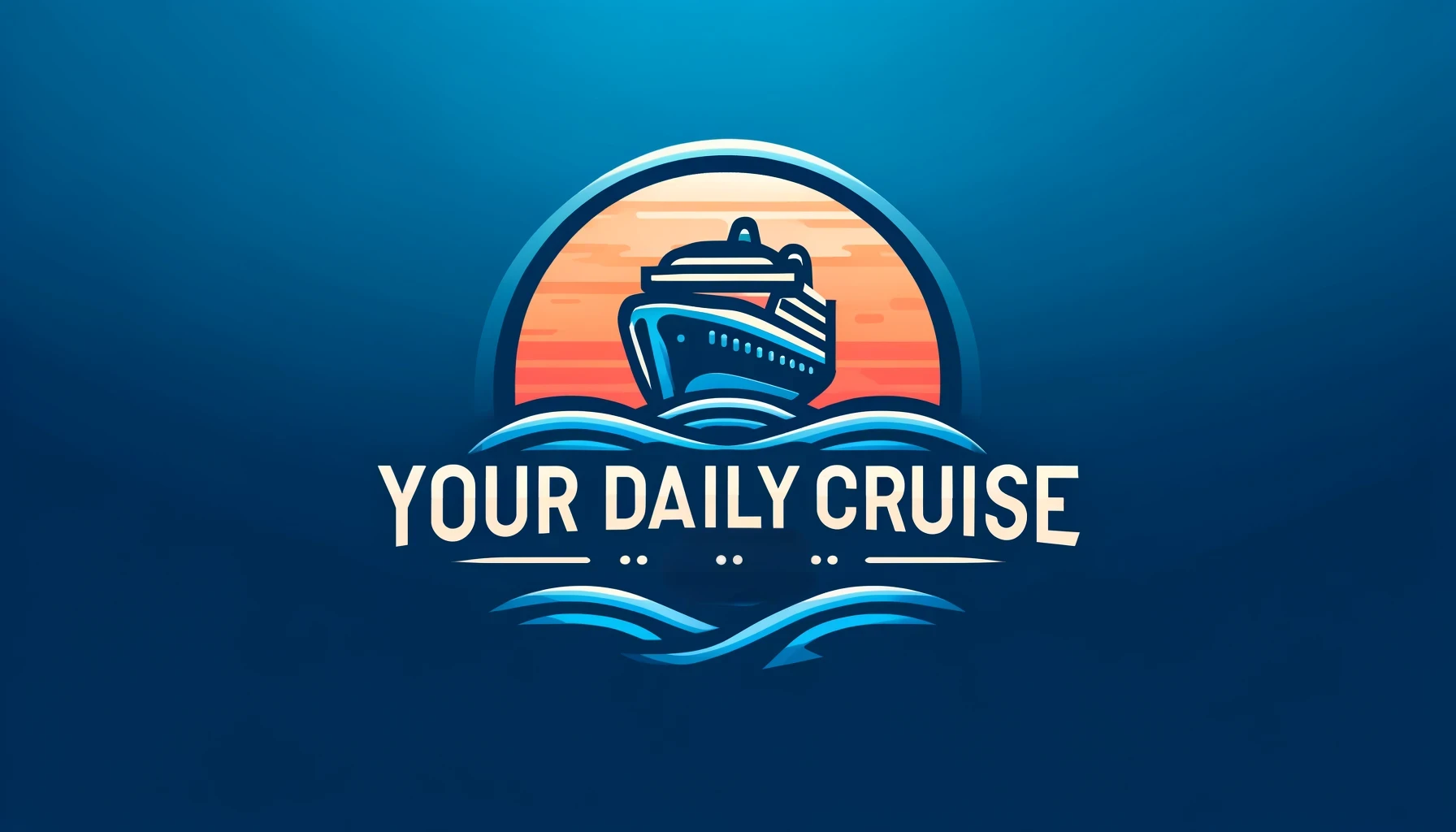
Norwegian Cruise Line Expands Fleet Despite Port Restrictions
Norwegian Cruise Line (NCL) is forging ahead with a bold expansion plan, placing an order for four massive new cruise ships set to redefine luxury and capacity at sea. Each ship will accommodate over 8,300 passengers and crew, cementing NCL’s position as a major player in the industry.
This decision comes at a time when major cruise lines face increasing pushback from popular tourist destinations. Many ports worldwide are restricting or banning large cruise ships due to concerns over overtourism and environmental impact. However, NCL’s response signals a strategic shift—one that embraces self-sufficient mega-ships and exclusive private destinations to maintain growth despite regulatory challenges.
NCL’s Colossal Cruise Ships Set to Launch
The new Norwegian Cruise Line ships will be delivered in 2030, 2032, 2034, and 2036. At 226,000 gross tons each, these vessels will rival the largest cruise ships in the world. While slightly smaller than Royal Caribbean’s Icon of the Seas, they will still be among the most expansive and innovative ships at sea.
These state-of-the-art ships, constructed by Fincantieri, will prioritize comfort, advanced technology, and sustainability. NCL aims to balance passenger experience with eco-conscious design, incorporating new fuel-efficient engines, waste management systems, and emission-reducing technologies to meet evolving environmental regulations.
Port Cities Push Back Against Large Cruise Ships
Despite the excitement surrounding these enormous vessels, many popular cruise destinations are limiting or outright banning large ships:
- Belfast, Maine – Now prohibits cruise ships carrying more than 50 passengers, effectively ending most cruise tourism to the port.
- Nice, France – Banned ships with over 900 passengers to reduce pollution and cater to higher-spending travelers.
- Venice, Italy – Prohibited large cruise ships from entering the lagoon, although enforcement has faced challenges.
- Cayman Islands – Debating whether to expand their port to accommodate bigger ships. MSC Cruises has warned that the island risks being bypassed if it doesn’t adapt to larger vessels.
The growing resistance to massive cruise ships highlights the industry’s ongoing struggle with sustainability and local impact. However, Norwegian Cruise Line’s strategy suggests that large cruise lines are adapting rather than retreating.
NCL’s Two-Pronged Strategy to Navigate Port Bans
To counteract these growing restrictions, NCL and other major cruise brands are adopting a dual approach:
1. Expanding “Cruisezillas” with Private Destinations
NCL’s decision to invest in self-contained mega-ships, sometimes called Cruisezillas, reflects a shift toward floating resorts that can operate with minimal reliance on public ports.
These ships will cater to passengers with onboard entertainment, dining, shopping, and activities, reducing the need for traditional port stops. Additionally, NCL and other cruise lines are doubling down on private island destinations, ensuring they retain full control over guest experiences.
Example:
Disney Cruise Line’s Lookout Cay at Lighthouse Point in the Bahamas is a prime example of this strategy. Unlike standard private islands, Lookout Cay incorporates authentic Bahamian culture, art, and storytelling, creating an immersive yet controlled experience for cruise passengers.
By keeping guests onboard or within private locations, cruise lines minimize regulatory risks while maximizing onboard revenue, including casino gaming—which is restricted in traditional ports.
2. Deploying Smaller Ships to Exclusive Ports
While massive ships dominate short-haul and family-friendly itineraries, cruise lines aren’t abandoning iconic, high-end destinations. Instead, they are introducing smaller luxury ships to access restricted ports that reject larger vessels.
Notable Developments:
- Royal Caribbean has ordered 10 river cruise ships for its upscale Celebrity Cruises brand, opening new opportunities in inland destinations inaccessible to ocean liners.
- Silversea Cruises, Royal Caribbean’s luxury brand, is also exploring expansion into river cruises.
- Oceania Cruises and Regent Seven Seas Cruises (both owned by NCL) will each receive two new ships tailored for more exclusive destinations. Oceania’s vessels will accommodate 1,450 guests, while Regent’s will host 850 passengers—both sizes designed to be more welcome at sensitive or historic ports.
This shift will likely divide the market, pushing high-spending travelers toward premium small-ship experiences, while mainstream cruise lines focus on large ships and shorter, more accessible routes.
What This Means for the Future of Cruising
Despite the increasing number of cruise ship bans, Norwegian Cruise Line remains committed to growth. The cruise industry is proving its adaptability by designing ships that function as destinations themselves and investing in private ports and smaller, high-end vessels.
As the cruise market evolves, expect to see:
✅ More mega-ships catering to mass-market travelers with onboard entertainment and private destinations.
✅ A rise in luxury small-ship cruising, offering exclusive access to restricted locations.
✅ Greater emphasis on sustainable cruising, as ports and travelers demand greener practices.
Norwegian Cruise Line’s new ship order showcases this evolving strategy—betting big on the future of cruising while ensuring it remains one step ahead of regulatory roadblocks.
Final Thoughts
NCL’s ambitious fleet expansion signals a new era for the cruise industry. While some destinations fight back against overtourism, cruise lines are adjusting their tactics—whether by going bigger and more self-reliant or pivoting toward smaller, more adaptable ships.
As passengers demand more immersive and sustainable experiences, Norwegian Cruise Line’s new ships will play a key role in shaping the next generation of travel at sea. Whether you’re booking a voyage on a floating mega-resort or seeking an intimate boutique cruise experience, the future of cruising has never looked more diverse or dynamic.
Would you sail on one of NCL’s massive new ships or prefer a smaller, more exclusive cruise experience? Let us know in the comments!






Leave a Reply